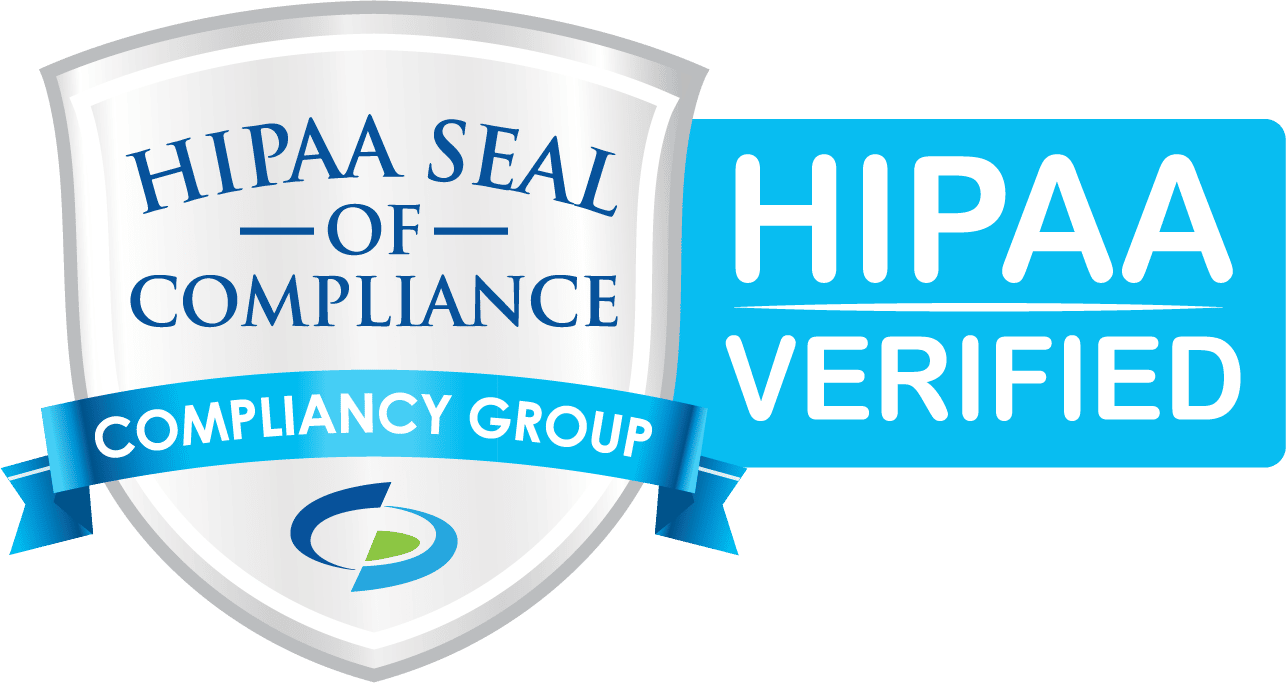So far, we’ve talked about proactive systems—those that aim to reduce the chances of bad actors getting into your systems in the first place. Some examples of these include Patch Management, Vulnerability Scanning, DNS/Content Filtering, User Training, Phishing Simulations, Dark Web Monitoring, and Email Filtering.
These systems work hard to keep threats out, but what happens if something slips through? What if an employee accidentally clicks on a phishing email, or a virus is hidden in a seemingly harmless PDF? That’s where active defense comes in, and in this article, we’re focusing on Anti-Virus.
What is Anti-Virus?
Anti-Virus software acts as the first responder when something goes wrong. It scans your devices in real-time, looking for malicious files, programs, and behaviors that could harm your business. If a threat is detected, the software quickly isolates and removes it, preventing it from spreading and causing damage to your network.
Why Anti-Virus is Critical
- Catching Hidden Threats: Even with the best proactive systems in place, no organization is immune to potential threats. Anti-Virus serves as a safety net, catching anything that might slip past your first line of defense.
- Real-Time Protection: As new files and data enter your network—whether through email, downloads, or devices like USB drives—Anti-Virus scans everything in real time. This ensures any suspicious activity is detected and blocked immediately.
- Malware and Virus Removal: Anti-Virus doesn’t just identify threats; it actively removes them from your system. Whether it’s malware, ransomware, or spyware, it ensures that harmful programs don’t get a chance to cause damage.
A Layered Approach to Defense
At EarneyIT, we believe that having Anti-Virus software alone isn't enough to fully protect your business. To make sure alerts are handled effectively, we combine Anti-Virus with Endpoint Detection and Response (EDR), Security Operations Center (SOC) monitoring, and Ransomware Protection. This layered approach allows us to not only detect threats but also investigate and respond to them quickly.
- Anti-Virus catches and removes basic threats in real-time.
- EDR provides advanced monitoring and threat detection on all devices.
- SOC ensures that alerts are monitored 24/7, and any incidents are quickly addressed by experienced security professionals.
- Ransomware Protection offers an additional layer of defense, specifically designed to detect, prevent, and mitigate the risks of ransomware attacks. As ransomware has become a major threat to businesses, this service ensures that even if other protections are breached, ransomware is identified and neutralized before it can lock down your data or network.
We'll dive deeper into how EDR, SOC, and Ransomware Protection work in their own articles, but it’s important to know that Anti-Virus is just one part of a comprehensive security strategy.





